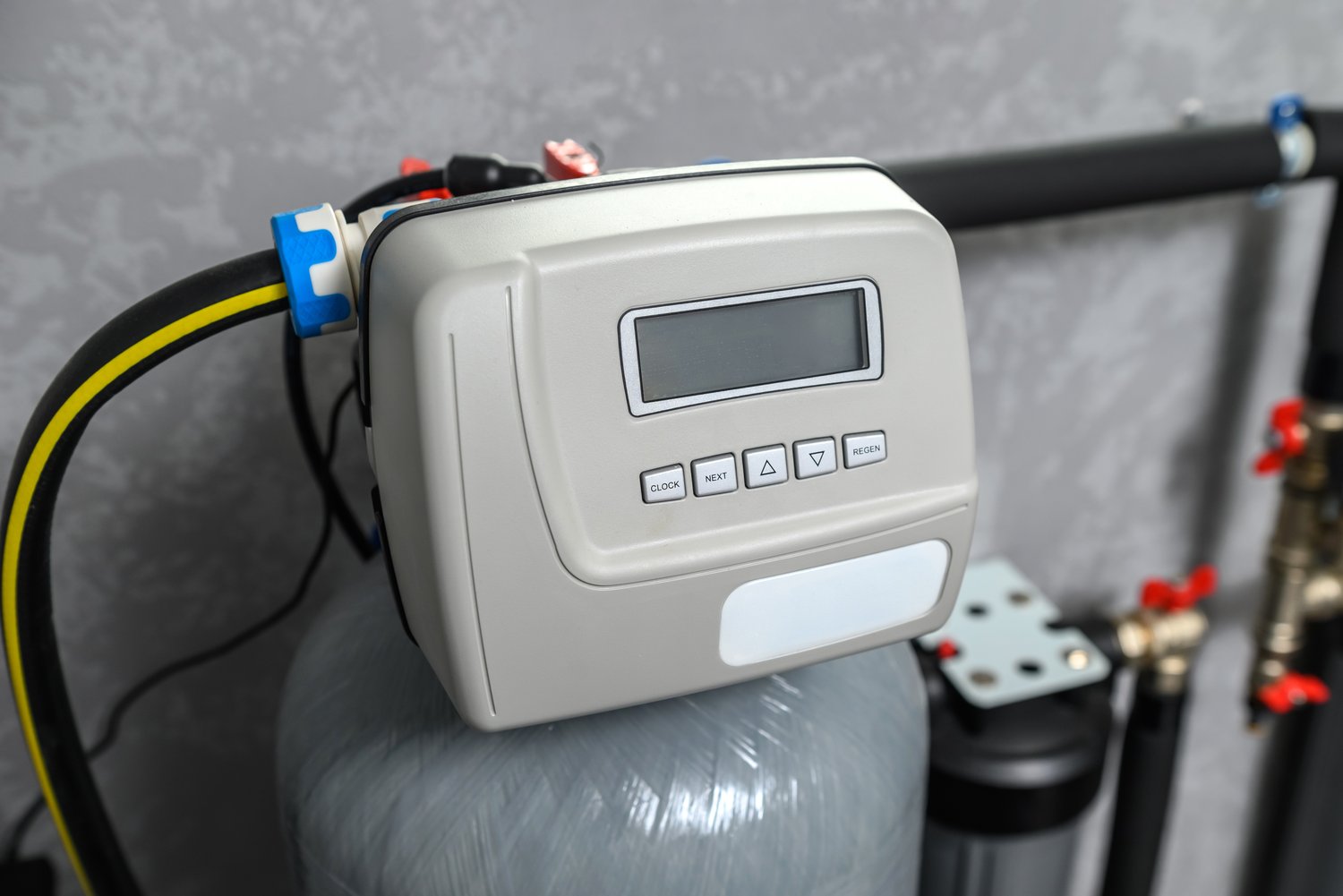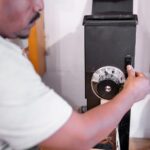In the world of water softening systems, error codes can be the unexpected culprits that disrupt household harmony. As these systems become more integral to maintaining water quality, understanding the significance of error codes related to salt levels and regeneration processes is crucial. This article unveils the meaning behind these codes and provides practical solutions to keep your water softener running smoothly.
- Learn the common error codes that signal salt level issues in your water softener system.
- Discover the causes behind these error codes and their impact on system performance.
- Explore the pitfalls in the regeneration process and how to effectively troubleshoot them.
By delving into these insights, you’ll not only be equipped to address current challenges but also enhance the efficiency and lifespan of your water softening system. Embrace the knowledge within and transform these error codes from nuisances into stepping stones for system optimization.
Understanding Water Softener Error Codes: Salt Level and Regeneration Solutions
Water softeners are essential for maintaining the quality and efficiency of water systems by removing mineral content. However, much like any other appliance, they can encounter issues marked by specific error codes. Understanding these codes is crucial in ensuring that your water softening system operates smoothly.
Error codes often highlight problems related to salt levels and the regeneration cycle. Both are integral to the functionality of water softeners. An error in either can lead to suboptimal performance or even complete system failure.
Salt level plays a critical role in the ion exchange process, necessary for softening hard water. Similarly, the regeneration cycle is how the system recharges its resin beads so they can continue to effectively remove minerals. By recognizing and addressing errors concerning these aspects, users can optimize their system’s longevity and effectiveness.
Common Salt Level Error Codes in Water Softeners
Salt level error codes are among the most frequent issues users encounter with water softeners. One common error code is the ‘Low Salt’ warning, which indicates that the salt level in the brine tank is insufficient for proper softening. This often results from infrequent salt replenishment or incorrect salt settings.
Another typical error code is linked to ‘Salt Bridging’. This happens when salt forms a crust above the water line in the brine tank. Although the tank appears full, the salt isn’t dissolving properly, leading to ineffective regeneration cycles.
The effect of these error codes is significant. Insufficient salt causes hard water minerals to pass through untreated, affecting appliances and water quality. Ignoring these codes can reduce system efficiency and increase maintenance costs over time.
To combat these issues, regularly monitor and adjust salt levels, and perform routine checks for salt bridging. Implementing these solutions ensures your water softener’s performance remains optimal.
Troubleshooting Regeneration Solutions in Water Softeners
Regeneration in water softeners is a crucial process that ensures the system continues to provide softened water efficiently. However, issues during this cycle can hinder performance and effectiveness. Understanding these problems can help maintain your water softener in optimal condition.
Common Regeneration Problems:
One of the most frequent issues is a water softener that fails to regenerate at the scheduled interval. This could be due to a faulty timer or a misconfigured control valve. Such malfunctions may result in hard water passing through the system, diminishing water quality.
Clogged injector nozzles can also impede the regeneration process. Debris often accumulates, preventing brine from properly rinsing the resin beads. This block can reduce the efficiency of ion exchange, leading to suboptimal water softening.
Effective Solutions to Enhance Regeneration:
Start by regularly checking the water softener’s timer and control settings. Ensuring they operate correctly can solve many regeneration timing issues. Always consult your manufacturer’s manual when recalibrating or troubleshooting these components.
Routine maintenance of the injector nozzle and brine tank is equally essential. Cleaning these parts can prevent blockage and facilitate the smooth flow of brine solution, allowing for proper regeneration. Periodically inspect for saline deposits or debris and clean them with a suitable solution recommended by your system’s manufacturer.
Furthermore, consider the quality of the salt you use. Low-quality salts often contain impurities that can lead to clogs. Investing in high-grade salt specifically designed for water softeners significantly reduces the risk of residue buildup.
In cases where issues persist, it may be necessary to replace worn or defective parts. Contacting a professional service technician can be beneficial, especially for complex repairs or replacements, ensuring your water softener functions efficiently over time.
Applying these solutions not only resolves existing problems but also enhances the longevity of your water softener system.
Frequently Asked Questions on Water Softener Error Codes
What are water softener error codes?
Water softener error codes are diagnostic messages that indicate various issues in the system, such as problems with salt levels or regeneration cycles.
How do I know if my water softener has a salt level issue?
Common signs include frequent salt refill alerts, reduced water softness, or error codes appearing on the control panel.
Why is the regeneration process important?
Regeneration restores the ion-exchange resins in the softener, ensuring it continues to remove hard minerals from water effectively.
How can I fix a water softener regeneration problem?
Check for blockages, ensure settings are correct, and clean the resin tank to resolve regeneration issues.
Can ignoring error codes damage the water softener?
Yes, ignoring error codes can lead to system inefficiency and potentially shorten the lifespan of the water softener.





